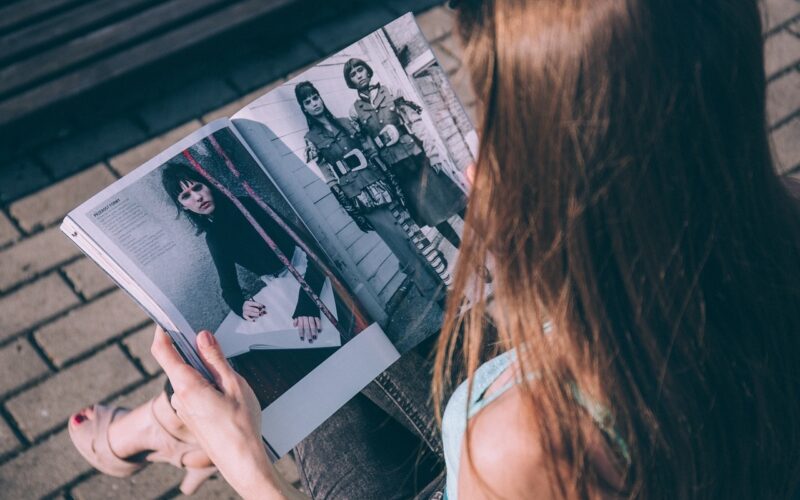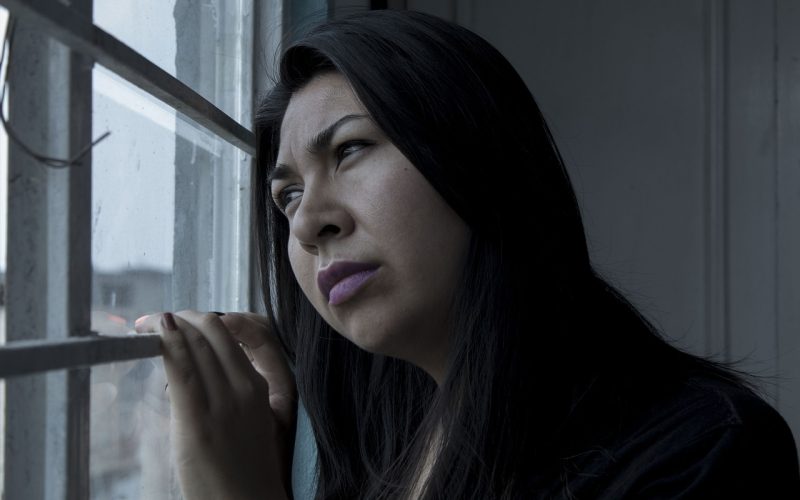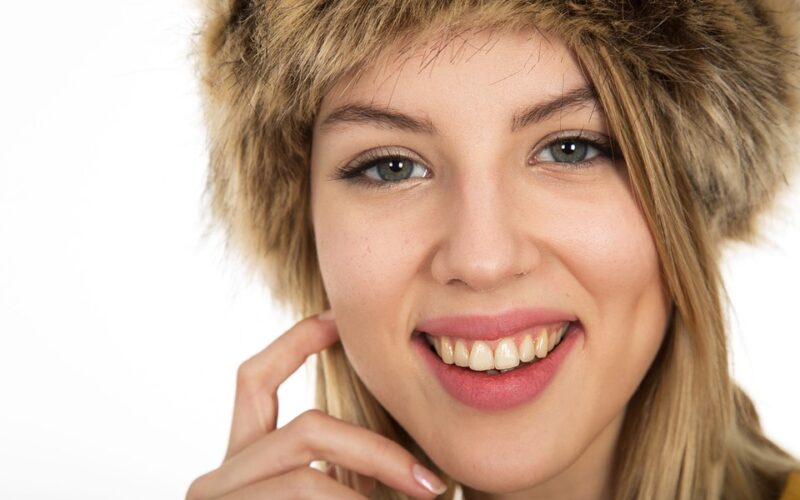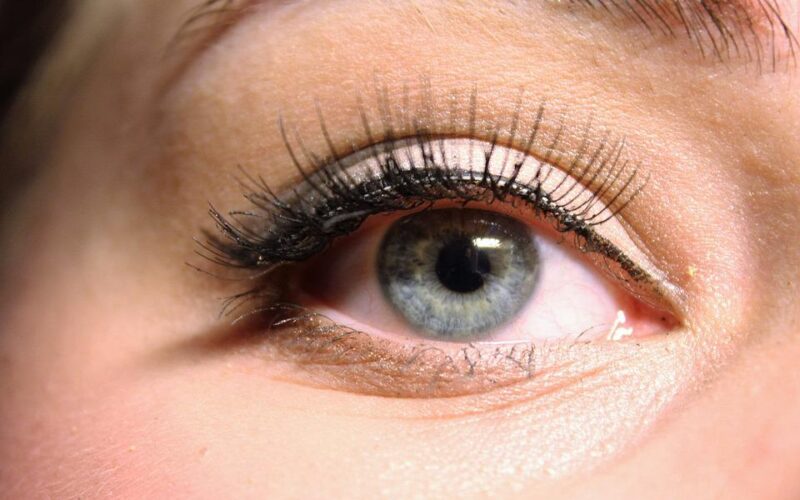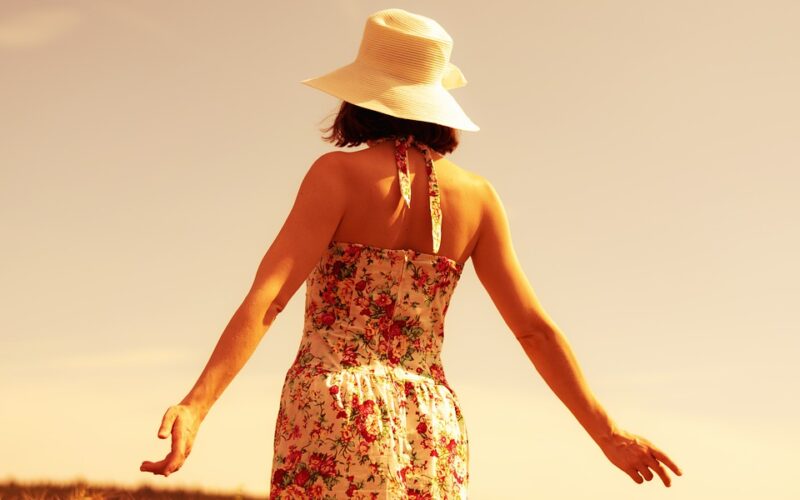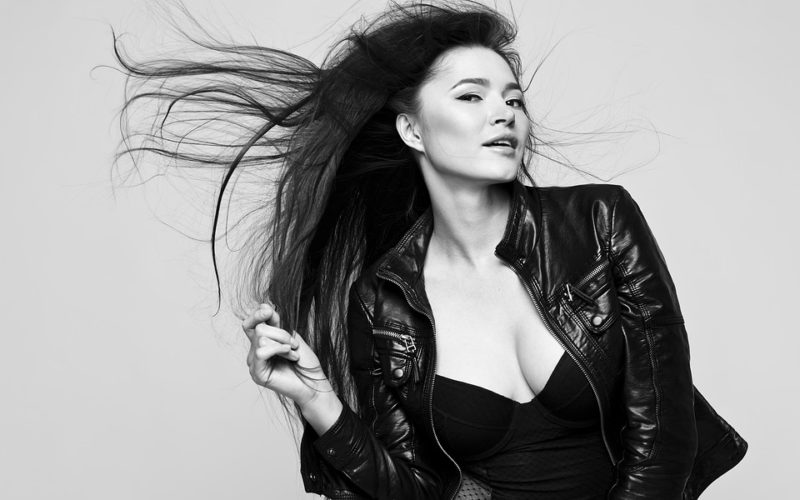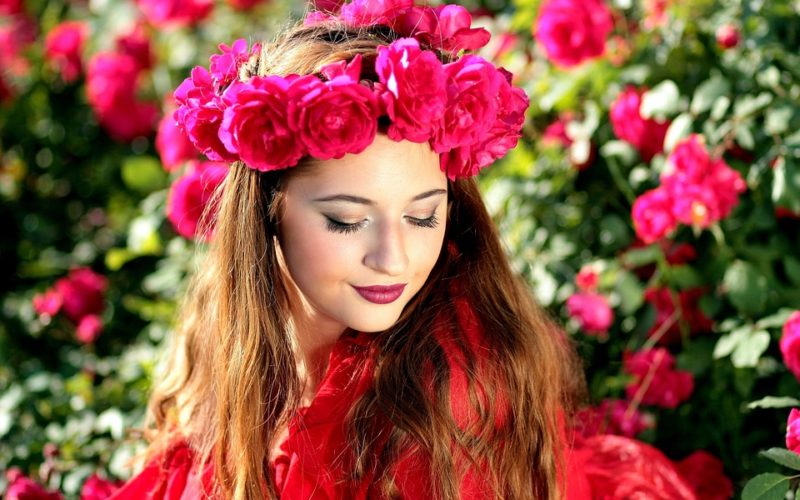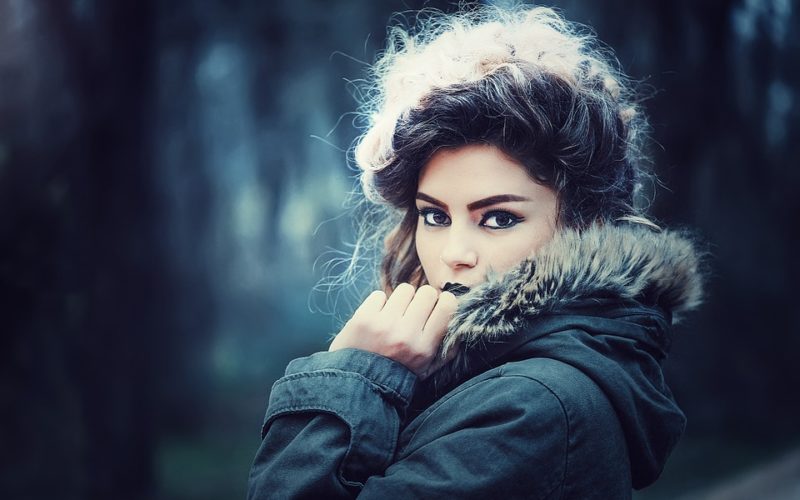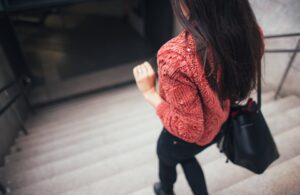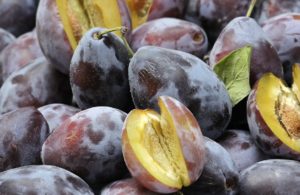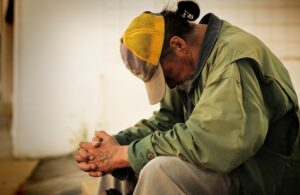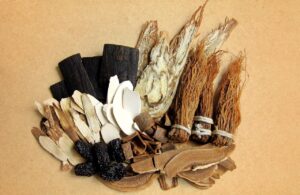The notion of 'beauty' has undergone profound transformation throughout history, with aesthetic standards reflecting the socio-economic and cultural fabrics of different eras.
In ancient Egypt, beauty was synonymous with symmetry and youthfulness, whereas during the Renaissance, voluptuous figures were idealised, symbolising wealth and abundance. The Victorian period revered a demure and corseted silhouette, a stark contrast to the
Roaring Twenties' celebration of the flapper's liberated charm. In the contemporary landscape, beauty paradigms continue to shift, increasingly influenced by media representations, yet simultaneously challenged by burgeoning movements that embrace diversity and naturalness.
How society measures beauty
Media portrayals
Media portrayals of beauty have long shaped societal standards, often perpetuating narrow ideals that can have profound effects on individual self-esteem and body image.
Film and television frequently cast actors who fit specific beauty norms, reinforcing the notion that success and attractiveness are intertwined.
Similarly, magazines often showcase highly curated images, many of which are airbrushed or altered, presenting an unrealistic benchmark for everyday appearances. The omnipresence of advertising further amplifies these ideals, with companies capitalising on insecurities to market beauty and personal care products.
This stream of idealised images contributes to a culture where worth is too often aligned with one's physical appearance, rather than one's character or abilities.
Cultural standards
In considering the variations in cultural standards of beauty, it's impossible not to notice the influence of media and globalisation; yet, despite these factors, localised beauty ideals persist, strongly shaped by tradition and heritage.
For example, in parts of Africa, larger body sizes are often admired as symbols of wealth and fertility, whereas Western societies tend to favour a leaner physique. Similarly, in some Asian cultures, pale skin is prized as it symbolises a noble absence from manual labour under the sun, compared to Western trends where tanned skin is often associated with leisure and health.
These preferences highlight the way beauty standards are not only reflections of aesthetic values but also socio-economic status, geographical and climatic influences, as well as historical patterns of migration and conquest.
The power of social media
Social media platforms have become the epicentre of beauty trends, with their potential to make styling techniques and aesthetic innovations spread like wildfire.
They amplify the reach and influence of beauty gurus and influencers who, with their large followings, can set trends virtually overnight.
With tutorials, product reviews, and personal insights, these individuals cultivate trust and establish themselves as leading voices in the beauty conversation.
Platforms like Instagram and YouTube allow for rapid dissemination of visual content, making it easier than ever for a particular look or product to gain popularity.
This virality can catapult niche products into the mainstream, essentially altering consumer preferences and beauty standards on a global scale.
The psychological impact of societal standards
Self-Esteem and body image
In today's society, the pressure to conform to certain beauty standards can significantly affect an individual's self-esteem and body image.
This is evident in the disturbing statistics highlighting body dysmorphia—a mental health condition characterised by an obsessive focus on perceived flaws in appearance.
Studies suggest that approximately 1 in 50 people in the UK are living with this condition, which can be exacerbated by unrealistic beauty portrayals in media.
This distorted self-view often leads to a ripple effect of mental health challenges, including anxiety and depression, underscoring the critical need to foster healthier and more inclusive beauty standards.
The consequences of pursuing societal beauty
As societal ideals of beauty continue to escalate, largely fuelled by media and technological advances, more individuals are turning to cosmetic procedures in an attempt to conform.
This trend not only carries potential physical health risks such as surgical complications but also contributes to the commodification of appearance, where individuals are valued based on their ability to adhere to often unattainable beauty standards. The psychological impact is significant; with constant exposure to idealised images, people, particularly the younger generation, are experiencing increased levels of body dissatisfaction and self-esteem issues.
This continuous comparison can lead to a relentless pursuit of perfection, resulting in a never-ending cycle of procedures and an obsession with image over substance.
How we should measure beauty
Beauty as a holistic concept
The concept of beauty transcends merely aesthetic attributes, encompassing the essence of a person's character and the uniqueness they bring to the world.
True beauty is multidimensional, found in the inclusive tapestry of various cultures, shapes, and sizes, all of which challenge the narrow standards often portrayed by media.
By celebrating individuality, we cultivate an environment where each person's distinctiveness is not only accepted but honoured, promoting self-expression and confidence that resonate deeply within society's evolving perceptions of beauty.
The role of character and values
True beauty extends beyond superficial appearances to encompass the depth of an individual's character and values.
Qualities such as kindness, empathy, integrity, and courage radiate from within, often influencing perceptions of external beauty. It is through consistent behaviour and noble actions that a person’s inner beauty is revealed, casting a lasting impression on others and fostering genuine admiration.
This interplay between the internal essence and external attractiveness accentuates the profound connection of ethical conduct to the holistic concept of beauty.
Promoting a healthy and inclusive definition
Movements that advocate for a more inclusive conception of beauty often focus on dismantling long-standing stereotypes and advocating for diversity in all forms.
These initiatives challenge the conventional norms by celebrating the wide array of human physical attributes, including those related to size, shape, age, gender, skin tone, and even the presence of physical disabilities or scars.
Education is a powerful lever for change in this domain, promoting media literacy that encourages individuals, especially young people, to critically assess the beauty standards propagated by advertisements, films, and social media.
By fostering an environment where everyone can see themselves represented positively in the media, we reinforce the message that beauty is a spectrum, not a narrow ideal.
Authentic self-expression
The concept of beauty is profoundly subjective, and recent studies suggest that societal standards play a less significant role than once thought. The emerging trend is one of individual empowerment, with people increasingly placing value on personal well-being and authentic self-expression over conforming to external beauty norms.
This shift not only alters the way beauty is measured but also celebrates diversity, inclusivity, and the unique qualities that define personal attractiveness.
